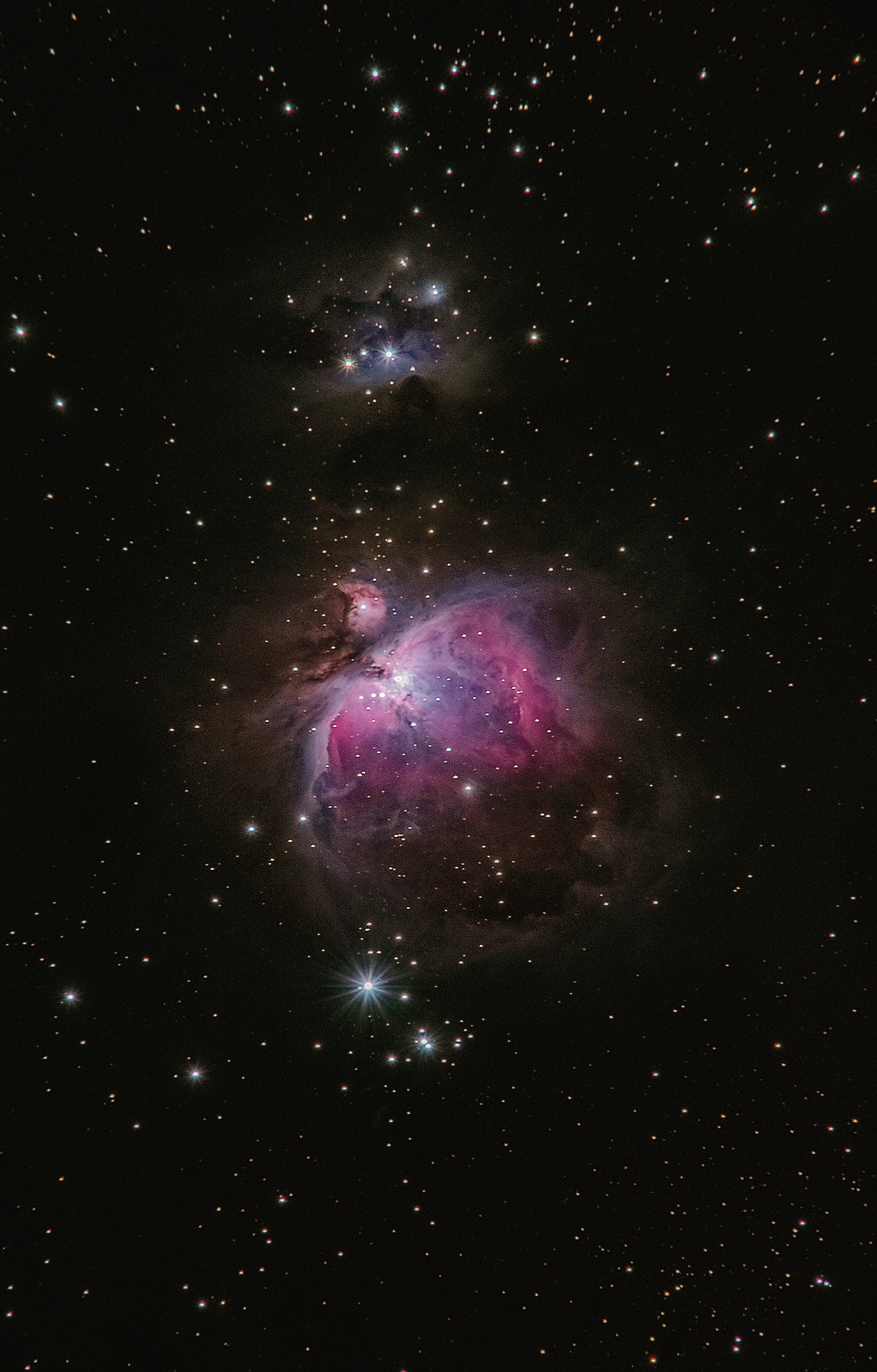
Photography and space exploration have gone hand-in-hand since pretty much the very beginning.
It’s amazing that, no matter how complex some of these missions might be from a technical standpoint, we as humans often value visual confirmation over everything else. After all, the saying is “Seeing is believing” and in the world of photography and beyond, that is very much the truth.
As confirmation of a successful landing on the asteroid Bennu, an object some 220 million miles away from Earth, NASA compiled an 82-image slideshow that shows the whole thing. Formally called the OSIRIS-REx mission, the goal was to land on the surface then launch off of it in order to gain a sampling of material from the asteroid.
As NASA explains in their blog post about the complex operation to make it to Bennu:
“The spacecraft’s sampling arm – called the Touch-And-Go Sample Acquisition Mechanism (TAGSAM) – is visible in the lower part of the frame. The round head at the end of TAGSAM is the only part of OSIRIS-REx that contacted the surface during the sample collection event. In the middle of the image sequence, the sampling head positions itself to contact the asteroid’s surface head-on. Shortly after, the sampling head impacts site Nightingale and penetrates Bennu’s regolith. Upon initial contact, the TAGSAM head appears to crush some of the porous rocks underneath it. One second later, the spacecraft fires a nitrogen gas bottle, which mobilizes a substantial amount of the sample site’s material. Preliminary data show the spacecraft spent approximately 5 of the 6 seconds of contact collecting surface material, and the majority of sample collection occurred within the first 3 seconds.”
You can check out a video of the whole encounter over on YouTube at this link.
In case you missed yesterday’s article about the picture of a star being born, click here to head on over to it.
And you know how much we love astrophotography so here’s a link to some of our other content in this niche that you might enjoy.
What do you think of NASA’s mission to an asteroid 200 million miles away? Let us know your thoughts in the comments section below if you like.
Be sure to check out our other photography news on Light Stalking at this link right here.
[NASA]
Light Stalking https://ift.tt/3kmQaWN
Sourced by Time Trap Photography sharing the best photography tips, news and tricks throughout the industry. Time Trap Photography is dedicated to freezing those special moments in life that can be revisited and admired for generations to come. - Shannon Bourque
Please visit our main site for booking availability and rates.

Receive valuable industry knowledge delivered free to your email each day.






No comments:
Post a Comment
Thank you so much for your comment. A moderator will review and approve all relevant posts. We appreciate your support and encourage you to stay with us by subscribing to our email updates. Where you can easily pick and choose what photography subjects interests you. Subscription link: http://bit.ly/photo-sub